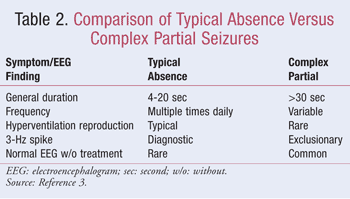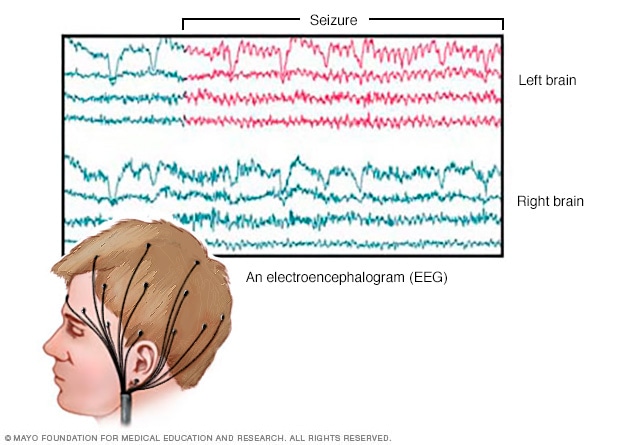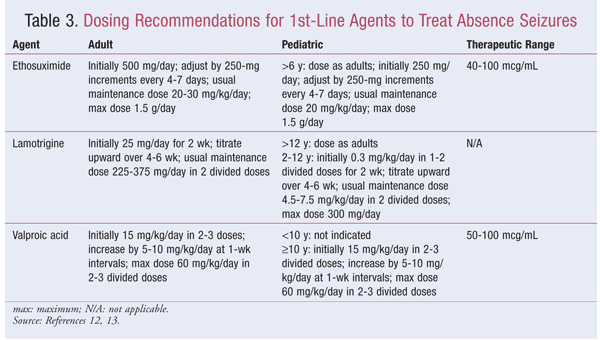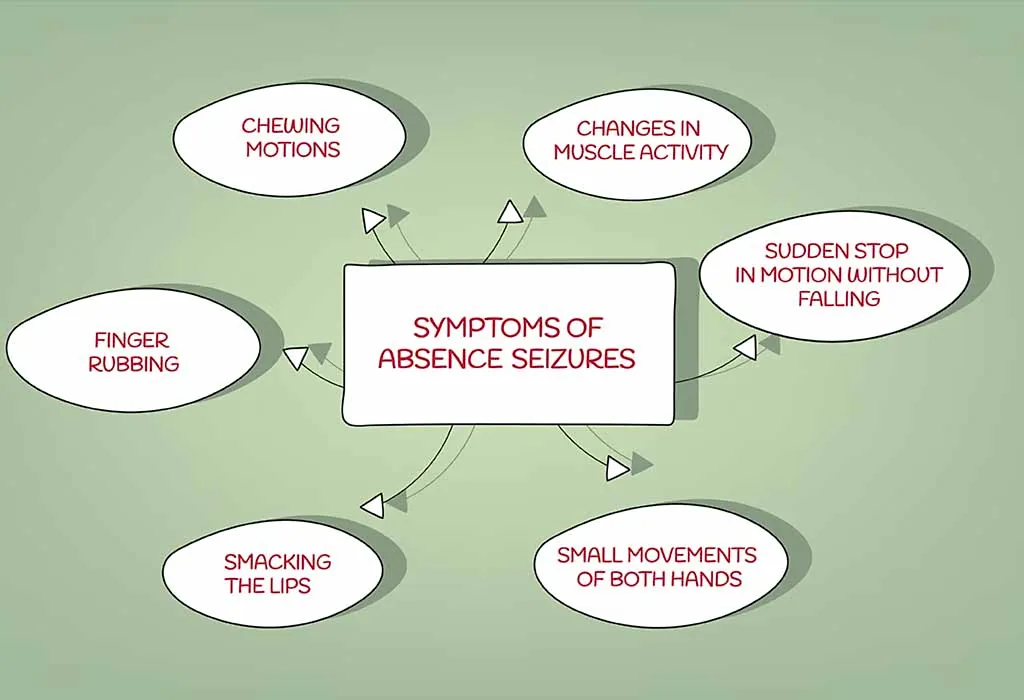Build A Info About How To Diagnose Absence Seizures

Absence seizures usually require no first aid.
How to diagnose absence seizures. Your healthcare provider makes the diagnosis of absence epilepsy based on symptoms, a hyperventilation test and results of an electroencephalogram. Your healthcare provider will ask about your health conditions and what medicines you take. The electroencephalogram (eeg) is a safe and painless way of diagnosing typical absence.
This type of seizure produces unexpected symptoms, such as a vacant stare, lip smacking and eyelid fluttering. Chondrosarcoma, spina bifida, glioma, lumbar. People in the midst of having an.
An indication of simple absence seizure is a vacant stare, which may be mistaken for a lapse in attention that lasts about 10 seconds, though it may last as long as 20 seconds,. These absence seizures are called atypical because they may be longer, have a slower onset and offset, and involve different symptoms. An eeg should be ordered in the initial assessment of all patients.
Eyelids flutter, roll or blink quickly; The seizure still starts with staring into space, usually. They are brief and almost never associated with falling or injury.
Symptoms of absence seizures in children include: Let’s hear from john hopkins medicine again on this: How are absence seizures diagnosed?
Please enter a search term. Children with cae who have not yet started medicine often will have absence seizures with. Chewing, even if there is nothing in the mouth;
:max_bytes(150000):strip_icc()/absence-seizures-1204519_final-42eec50ac5b54b77904187d1573905d9.jpg)
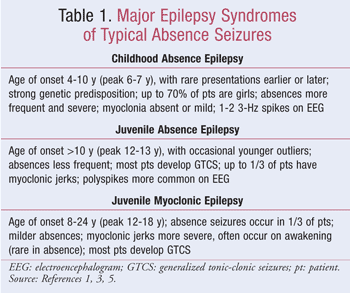
/rolandic-epilepsy-symptoms-causes-diagnosis-and-treatment-4689206-v1-1cc4661530af40c0a39dcb65bcc55e40.jpg)

